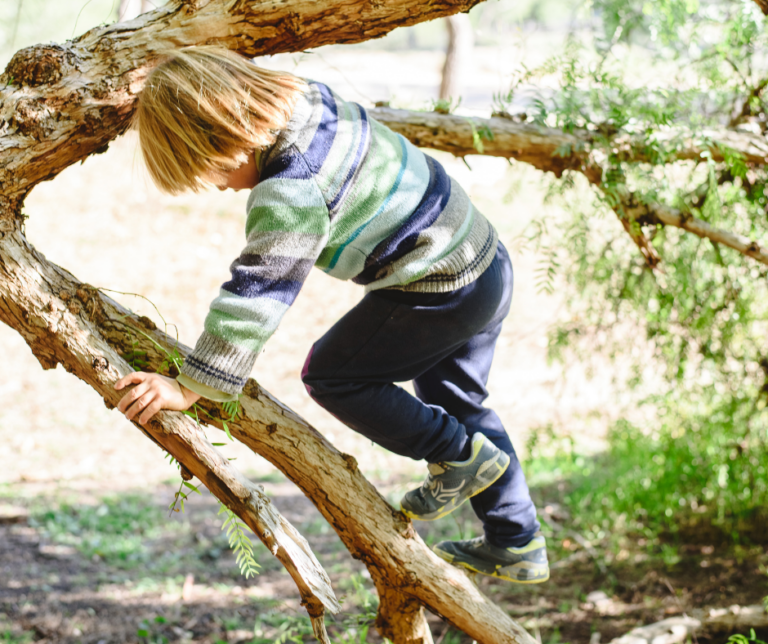Working hours
Mon - Fri: 8am to 5pm
Mon - Fri: 8am to 5pm
Share

Walk into any nursery across the country, and you’ll see them—the boys who burst through the door full of energy, curiosity, and endless questions. The ones who struggle to sit still, who turn everything into a game, who climb before they calculate the risk.
And too often, you’ll also hear the words that follow them:
“He’s a handful.”
“He just won’t listen.”
“He’s always pushing the boundaries.”
But what if we’ve been looking at this all wrong?
What if, instead of focusing on managing boys’ behaviour, we started by understanding it?
This isn’t about reinforcing gender stereotypes—far from it. It’s about recognising that some boys need different kinds of support to truly thrive. Many express emotions through movement, connect through action, and take longer to develop self-regulation and focus.
It’s our role to notice that—and respond with support, not judgement.

n early years settings, boys can sometimes feel like the tricky ones—the ones who test our patience. But when we take a step back, what we’re often seeing isn’t defiance; it’s development. It’s energy. It’s curiosity.
Understanding boys means recognising that they may express themselves differently. Sitting still might be harder. They may need movement and connection not just as an outlet, but as a fundamental part of their learning.
And when we shift our mindset from managing behaviour to meeting needs, everything changes. Behind every label is a child with a need—a need to move, to be seen, to feel safe, connected, and capable.
Recognising those needs—not just reacting to the behaviours—is where powerful early years practice begins.

It’s easy to fall into the trap of trying to “calm down” boys—when, in reality, what they often need is more space to move, more freedom to explore, and more opportunities to be heard.
If we want to nurture boys’ engagement, we need to take a close look at the environments we create.
As Tina Bruce’s theory of play suggests, children learn best when they can orchestrate their own learning—and for many boys, that means learning through action, movement, and hands-on experiences.

Boys are often drawn to physical, energetic, high-sensation experiences—and that’s not a problem to solve, it’s a need to meet. Risky play and time outdoors provide vital opportunities for boys to:
✔ Test boundaries
✔ Develop coordination
✔ Build resilience
✔ Regulate emotions
Outdoor environments give boys space to reset emotionally, connect socially, and engage on their own terms. It’s often where they find their rhythm—and their voice.

Parents of boys often feel judged, or that their child is misunderstood. That’s why a shared understanding between settings and families is so important.
Supporting boys isn’t about blame or “fixing” anything—it’s about partnership, perspective, and working together to meet their needs.
Simple conversations with parents can make all the difference. Ask:
By building a bridge between home and nursery, we create consistency and understanding—ensuring boys feel supported, not simply managed.

A growing body of research highlights key developmental differences in how boys and girls engage, especially in the early years. These differences don’t define them, but they do matter.
For example, we know that some areas of brain development—like emotional regulation and impulse control—often mature at a different pace in boys.
This isn’t about making excuses. It’s about understanding the why behind the behaviour, so we can respond with empathy rather than frustration.
When we shift from viewing behaviour as a challenge to recognising it as part of development, we begin to see boys not as problems to fix, but as children to support.

If we truly want to nurture boys in the early years, we need to rethink how we see them, how we respond to them, and how we create environments that allow them to thrive.
Are we giving boys what they really need—or just trying to make them fit into expectations that don’t serve them?
If you’d like to dive deeper into this topic and explore practical strategies for supporting boys in your setting, join us and Paula Cooper for our online course: Nurturing Boys in Early Years.
What you will learn:
You can find the link here to explore the course content further and book your place.
With the ever-changing regulations and guidance, join our monthly newsletter to stay current and learn more about running a better childcare setting.
Simply enter your details below to join our mailing list.
"*" indicates required fields
By completing this form you are agreeing to our privacy policy You can unsubscribe at any time

Millennium House, High Street,
Studley, Warwickshire, B80 7HJ.